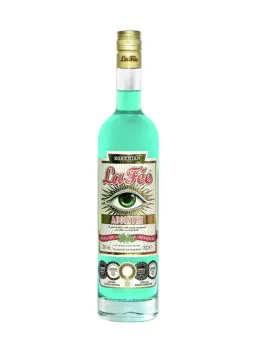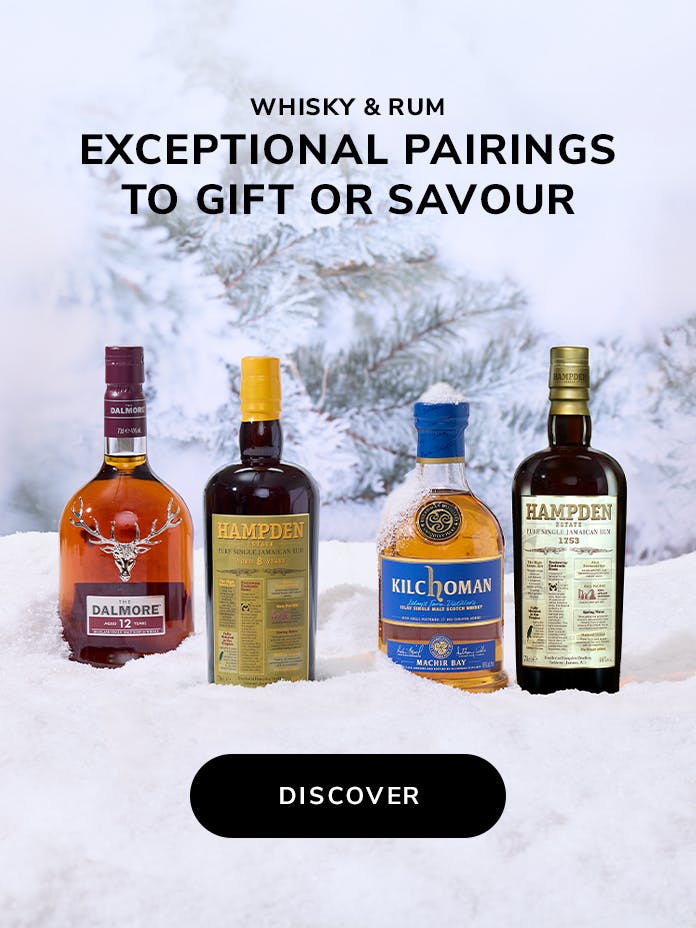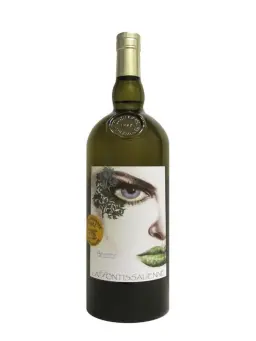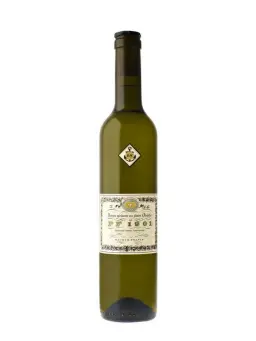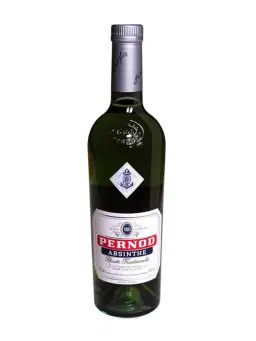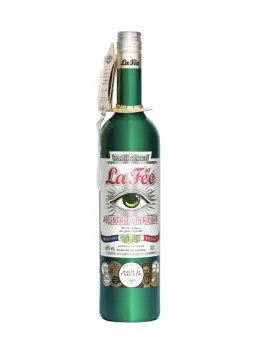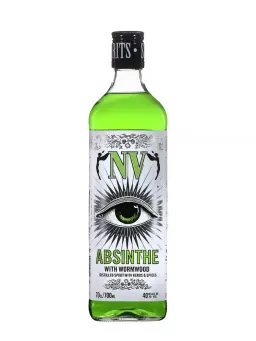Absinthes
Absinthe is a spirit obtained by the maceration and then distillation of a mixture of herbs and plants. Absinthe is characterised by a very high alcohol content, that can be anywhere from 60 to 75%. The production of absinthe involves numerous plants, three of which constitute the ‘holy trinity’ of anise, fennel and ‘grande absinthe’ (wormwood), a plant known since the Middle Ages for its medicinal qualities, and which also inspired ‘vermouth’ (the German for wormwood is ‘wermut’). Among the various types, there are distilled versions and versions that are simply flavoured. A distinction is made between ‘green absinthes’, which are coloured by infusion after distillation, ‘white absinthes’ (or blue in Switzerland), and uncoloured absinthe, with no additional infusion. Both are consumed in the same way with chilled water, added slowly to ensure that a cloudy emulsion is obtained. They can be consumed with or without sugar.
27 items
BELLE GNÔLE Absinthe 45%
Available soon
BACCAE PARIS Absinthe N°04 Bio 46%
Available soon
Known as the "green fairy," absinthe can also be colorless and called "the blue." This mysterious alcohol ignites the imagination and awakens the senses with its numerous secret recipes, carefully guarded by its creators.
The History of Absinthe: A Plant First
From the plant comes the spirit. Grand and petite absinthe (Artemisia absinthium and Artemisia pontica) are the fundamental ingredients of the mythical green fairy and give it its name. Absinthe has been cultivated and used since ancient Egypt for its medicinal properties, which are now well-recognized. It is combined with fennel and green anise to create the alcohol that invites daydreaming. Some recipes even include up to twenty different plants, with distillers closely guarding these secrets. Consumed in excess, absinthe was once believed to cause hallucinations, violent outbursts, madness, and vision loss, leading to its ban in France and Switzerland at the start of the 20th century.
In reality, its harmful effects were due to excessive consumption and poorly distilled alcohols of low quality. Absinthe does contain thujone, in small quantities, which can cause, among other side effects, convulsions if consumed beyond 3 mg per day. However, there is no need to worry, as modern absinthes are carefully crafted and display their thujone levels, which are always very low.
Following the ban on absinthe production in 1915, and to satisfy the public's taste for its refreshing aniseed notes, pastis (meaning "mixture" in Provençal) was created between the wars. Since absinthe is not used in its recipe and it contains no thujone, pastis combines up to a hundred plants in the most refined versions, dominated by star anise and/or green anise, and licorice root. Though pastis is often associated with the sunny south of France, it also has its equivalent in the Doubs region, the historical center of French absinthe.
Thus, Pontarlier, the former capital of absinthe, created Pontarlier-Anis, its famous green bottle. This drink follows the traditional absinthe recipe of the town but without the absinthe plant, focusing on green anise.
Although the first absinthe distillery was established in Switzerland (in 1797, in the Val-de-Travers region), importation difficulties and high taxes led Henri-Louis Pernod to set up his distillery in Pontarlier in 1805 to launch his own French absinthe. This marked a return to its roots, as the drink was created in 1792 in the canton of Neuchâtel, Switzerland, by a French doctor named Pierre Ordinaire. The success was immense, leading to the growth of the Pernod brand, which eventually became Pernod Ricard, a national emblem of spirits and wines.
Three Traditional Methods for Three Types of Absinthe: Macerated, White, or Green
Each absinthe distillery has its own recipe, and methods can vary. To obtain the precious beverage, the crushed plants, sometimes with added spices, are macerated in neutral grain alcohol of at least 95%. The mixture is then diluted with water and can either be simply filtered and bottled after aeration in a vat, resulting in what is known as "macerated" absinthe. However, it is more commonly distilled, producing white absinthe. A second maceration of chlorophyll-rich plants may then be added, giving it the famous "green fairy" color, ranging from honey yellow to ruby green, depending on the recipe.
How to Enjoy Absinthe: A Tradition-Tinged Ritual
Absinthe, a low-sugar liqueur with a high alcohol content (often between 50% and 55%, or more), is highly aromatic, with enchanting botanical and medicinal notes. It can be a key ingredient in your cocktails. Alternatively, you can enjoy it like the 19th-century artists: pour the spirit into an absinthe glass, place a flat slotted spoon with a sugar cube on top, and let cold water drip slowly over it, diluting the spirit (three to five times its volume) and revealing its rich botanical flavors. Enjoy responsibly!
When the "Green Fairy" Becomes "The Blue" Where does the name "the blue" come from if absinthe is either green (sometimes yellow) or white? When the first drops of cold water meet the precious liquid — gently, to avoid shocking it with the temperature difference — a bluish mist may rise. Is it the fairy escaping? The spirit of the plants revealing itself? Who knows...
FAQ
Is Absinthe Legal Worldwide Now?
Banned in France and Switzerland (where it was most produced and consumed) at the beginning of the 20th century, absinthe was eventually reinstated after an unjust ruling. It is now permitted in all countries except those that prohibit the sale and consumption of alcohol.
What is the Difference Between Green and White Absinthe?
Absinthe can be made by macerating plants in alcohol, then distilling it, resulting in "white" or colorless absinthe. Alternatively, it may undergo another maceration after distillation, acquiring the green tint from chlorophyll. It can also be made solely through maceration — these are called "macerated" absinthes — in neutral alcohol with around 95% ABV.
